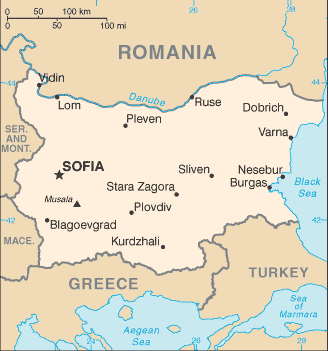Bulgaria Lenses

I arrived in Bulgaria almost a week ago, but for the past month or so I have been brainstorming how to describe in a post what my goals are here (and later in Romania). Of course, the central tenet of this phase of my project is to learn to play kaval, a traditional Bulgarian flute. You will certainly hear a lot more about the (wonderful and challenging) instrument in the coming months, so I won’t say too much about it here.
In learning to play the instrument, from a formal standpoint I will also learn Bulgarian folk songs and get a better sense of the modes, colors, and rhythms involved. I will gain skills to be able to share this music and perform in different ensembles and contexts. Plus, my understanding of music and performance as a whole will be enriched. However, playing music is, to me, only the tip of the iceberg for what it means to be a musician. It was not until after my 2013 work with Andean flutes in Peru that I realized that, in addition to loving music from an aesthetic and emotive perspective, I am also completely fascinated by its social and historical (and consequently political) context.
 “And I thought to myself, ‘how beautiful, how magical, how… catastrophic.'”
“And I thought to myself, ‘how beautiful, how magical, how… catastrophic.'”